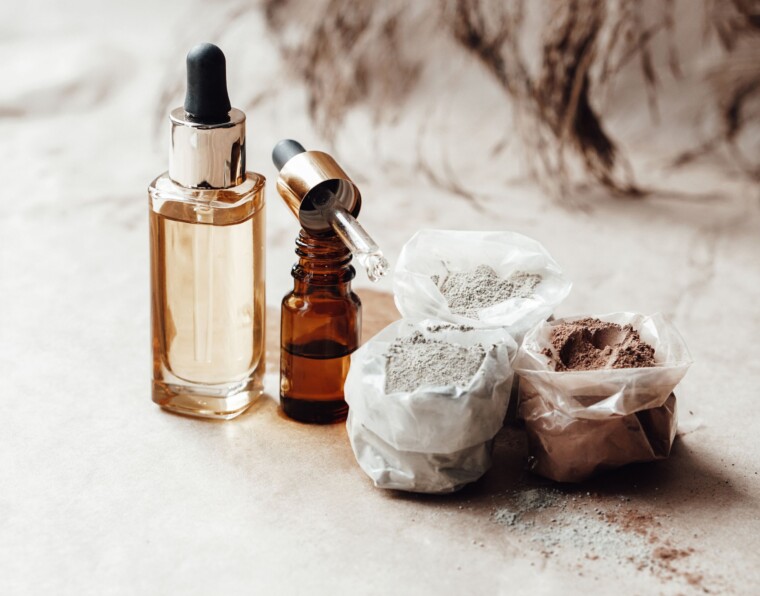Milk baths are a natural way to keep skin hydrated and calm. What you think is a luxury — especially in the heat — has far-reaching benefits. Milk baths feature asides to create a special oasis of calm, where the water is naturally alkaline. The use of this method dates back thousands of years, when people understood how important it was to keep skin hydrated. Even though our modern lives are filled with so much concrete, we know that the natural substances in milk have powerful healing properties. If left untreated, excess oiliness can lead to pimples, blackheads and other fungal infection problems. If you’re looking for ways to make your skin look and feel better fast , check out these top benefits of milk baths for your skin:
Reduced Redness and Dryness
One of the most convenient ways to get rid of redness and dryness is with a milk bath. You simply mix a couple of tablespoons of almond, coconut or soy milk with warm water and apply it to your skin as often as you’d like. Leave the bath for 15-30 minutes and rinse off with warm water. It’s that easy! This simple step-by-step process not only helps hydrate your skin, but it also contracts blood flow and encourages the secretion of bioflavonoids, which can reduce the risk of acne, dark circles and other skin problems.
Helps Keep Skin Hydrated
If you’re looking for ways to keep skin hydrated, a milk bath may not be the first thing that comes to mind. However, the addition of water, milk and a little bit of Epsom salt creates a superhydrating environment that keeps skin’s suppleness and moisture content very high. This is especially important during hot and humid weather, when skin is at a higher risk of dryness and flaking. Thus, a milk bath can be a lifesaver.
Softens and Moisturizes Skin
Nobody wants a dry skin tone, but dry, tight skin is usually a sign of aging. Oily skin is often the result of a dry skin structure, so it’s best to avoid deodorants and antiperspirants that contain aluminum, salicylic acid and other chemicals. Instead, opt for a natural deodorant and see how your skin feels one hour after application. If it’s not too dry, you’re golden. If it feels a little tight, use a gentle cleanser twice a day to unclog your pores.
Offers Protection from Uv Rays
While a milk bath may not be able to completely eliminate UV rays, it can offer protection from their worst effects. When skin comes in contact with UV rays, the abundance of natural substances in milk can help keep your skin from getting a sunburn at all. That’s because the acid in the milk reacts with the free radicals in the skin (which are responsible for redness, flaking and other problems) to createPhone-UV Defense, which can calm aggravated skin.
Conclusion
Whether you’re looking for ways to get rid of dark circles, wrinkles and pimples or protect your skin from the sun, a milk bath is a great way to soothe, hydrate and protect your skin. If you have dry skin, a milk bath may be the perfect solution. If you have oily skin, a milk bath may be the perfect solution. Both the easy way and the real deal! No matter how you like to style it, a milk bath is an incredibly effective way to keep your skin healthy and happy. And best of all, it’s completely natural.
FAQ
1)Are milk baths good for eczema?
Milk baths can be beneficial for people with eczema because of the soothing and moisturizing properties of milk. The lactic acid in milk helps to gently exfoliate the skin and remove dead skin cells, which can reduce itchiness and inflammation. Additionally, the proteins and fats in milk can help to moisturize and nourish the skin. However, if you have a milk allergy, it is important to avoid milk baths as they may worsen your eczema symptoms. Always consult with your healthcare provider before trying any new treatments for your eczema.
2) Does milk bath lighten the skin?
Milk baths are often claimed to have skin-lightening properties due to the presence of lactic acid, an alpha hydroxy acid (AHA) that can help to exfoliate and brighten the skin. However, the skin-lightening effect of milk baths is likely to be subtle and temporary. While milk baths can help to remove dead skin cells and reveal fresher, brighter skin, they are not a long-term solution for skin lightening. If you are looking for more significant and lasting results, consult with a dermatologist for professional advice and treatment options.
3) Does milk bath help sunburns?
Milk baths can provide some relief for sunburned skin due to their cooling, soothing, and moisturizing properties. The proteins and fats in milk can help to reduce inflammation and promote skin healing. Additionally, the lactic acid in milk can help to gently exfoliate the skin and remove dead skin cells, which can be helpful for peeling sunburned skin. However, it is important to remember that milk baths should not replace proper sun protection, such as wearing sunscreen and protective clothing. If your sunburn is severe or you are experiencing symptoms such as blistering or fever, consult with a healthcare professional for appropriate treatment.
4) Where did milk bath originate?
The practice of taking milk baths can be traced back to ancient civilizations, such as Egypt, Greece, and Rome. Cleopatra, the famed queen of Egypt, is perhaps the most well-known historical figure associated with milk baths. She was said to have bathed in donkey milk to maintain her youthful and radiant complexion. In ancient Rome, milk baths were also popular among the nobility, as they were believed to provide various skin benefits, including softening, moisturizing, and exfoliating the skin. Throughout history, milk baths have been used for both their beauty and therapeutic properties, and they continue to be a popular spa treatment today.



